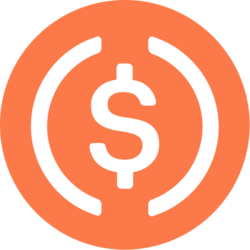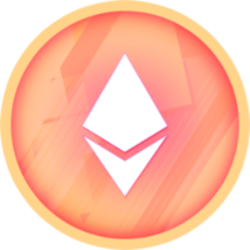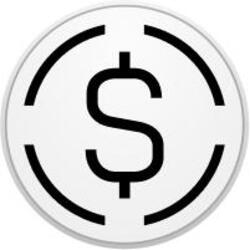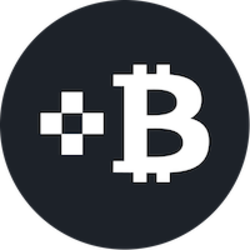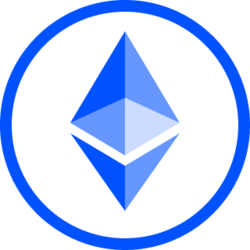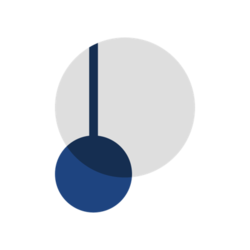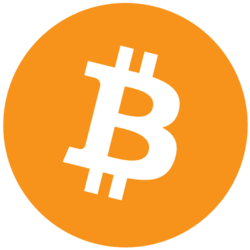Forex, short for foreign currencies and commodities exchange, is the worldwide financial market where you can trade different currencies, commodities, shares, crypto and indices.
The basic idea is simple: if you believe based on your technical or financial analysis, one currency will become stronger compared to another currency, and your analysis is correct, you can rewarded via profits.

Before the global pandemic, when international travel was more common, people often experienced transactions in a very practical way. If you’ve ever traveled abroad from Japan to United States of America, you likely visited a currency exchange booth (Western union or else) at the airport to swap your home currency for the money used in the country you were visiting. Like Bougth USD against JPY.
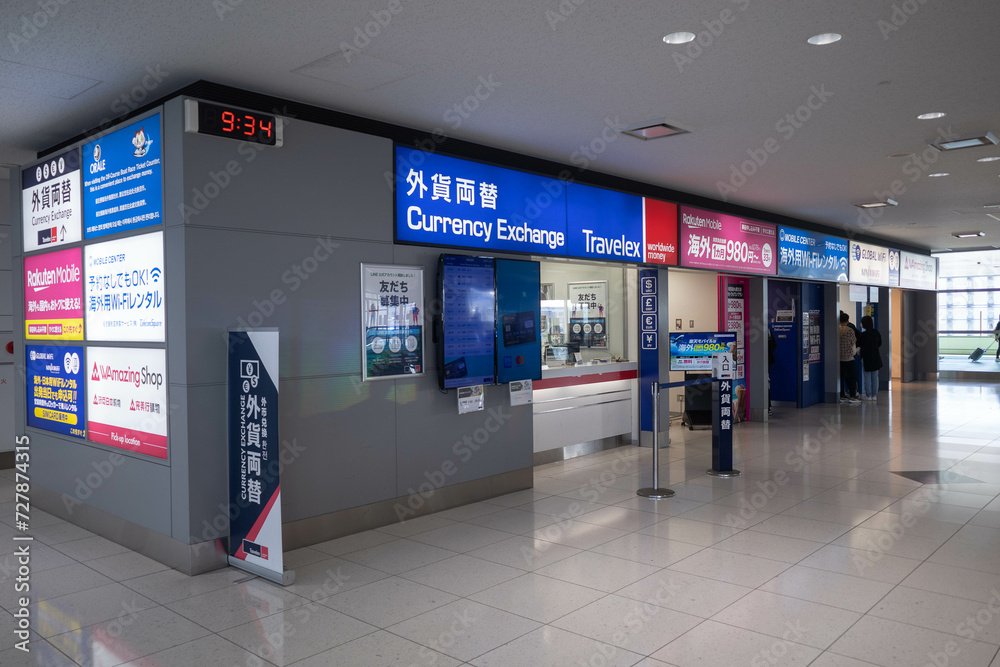
As you approach the counter, you see a screen showing various exchange rates for different currencies. numbers blink in a second and repesents the fluctuations in the exchange rates (will explain this letter)
If you want to trade currencies in real time, let’s be a part of our trading community-join now

You saw the “Japanese yen” and think, “Wow! One dollar gets me 200 yen? And I have 100 dollars! I’m going to be rich!” 20k Yen…WooW
By doing this, you’ve just taken part in the world of forex market.
You’ve traded one currency for another. in this case Yen Bought – USD Sold
In forex trading terms, if you’re an American visiting Japan, you’ve sold your dollars and bought yen. It’s Simple…..

Forex Currencies Exchange
Before heading back home, you stop by the currency exchange booth again at airport to swap your leftover yen (Tokyo is pricey!) and notice the rates have changed in the mean time.
These fluctuations in exchange rates every minute are what create opportunities to make money in the Forex trading, this is where real game starts.

What is Forex Trading?
The foreign exchange market, commonly known as “Forex” or “FX,” is the world’s largest financial market in terms of daily volumes.
Forex is a global and decentralized financial market where currencies, commodities, shares, indices and crypto from all over the world are traded on a daily basis.

Because of so many participants, like central banks, financial institutions, corporations, hedge funds, and retial individual traders, are involved in trading, exchange rates are constantly changing minute by minute, making the market highly dynamic and liquid.
Interestingly, only a small fraction of currency transactions occur in the “real economy” for purposes like international trade and tourism, similar to the airport scenario mentioned earlier in this blog. Instead, the majority of currency trades in the forex market are driven by speculation. (will explain the market mechanism in future blogs)
Currency traders, also known as speculators (who just trade the contracts), buy currencies with the hope of selling them later at a higher price to make profit.
To put things in perspective, while the New York Stock Exchange (NYSE) handles a daily trading volume of around $200 billion, the forex market dwarfs that with an enormous $7.5 trillion value traded every day.
Yes, that’s trillion with a “t.”

To illustrate this, imagine the NYSE as a strong, impressive-looking monster. It’s big, and you hear about it everywhere—on CNBC, Bloomberg, BBC, and even at your local gym. When people refer to “the market,” they’re usually talking about the stock market, specifically the NYSE. It’s loud and prominent.
But if you compare it to the forex market, the NYSE would seem very small.
The cryptocurrency Bitcoin and Etherum market is even smaller in comparison with forex market.
The forex market is nearly over 200 times bigger! It’s massive!
But before you get too excited, there’s a catch!
That whopping $7.5 trillion figure covers the entire global forex market. However, the “spot” market, aslo cash market, which is most relevant to typical forex traders, is smaller, at around $2 trillion per day.
And if we focus solely on the daily trading volume from retail traders like us (who trade everyday from their home), it’s even smaller. Though difficult to pinpoint exactly, it’s estimated that retail traders account for just 3-5% of the overall daily FX trading volume, or roughly $200-300 billion.
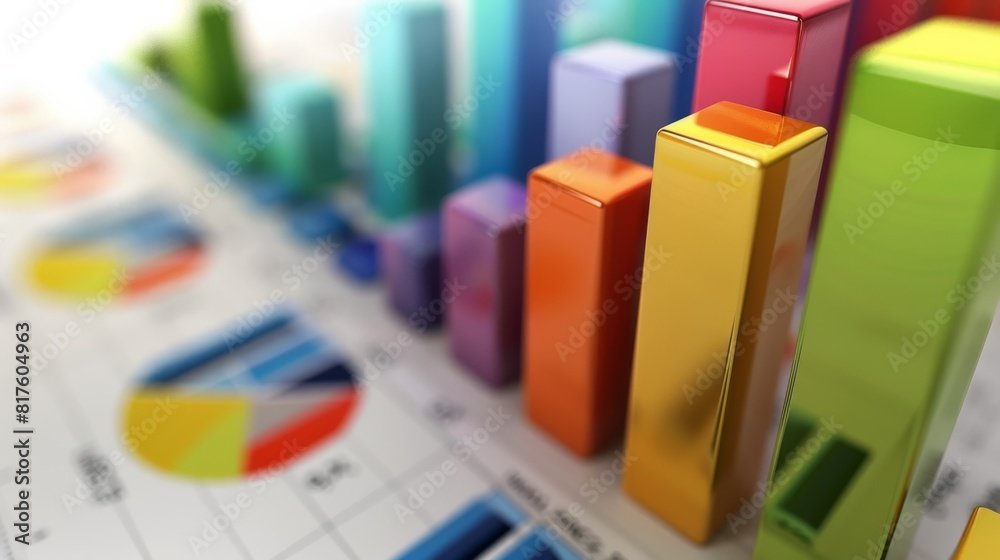
So while the forex market is undoubtedly huge, it’s not as enormous as some might lead you to believe.
Don’t fall for the “forex is a $7.5 trillion market” hype! That number sounds impressive but can be a bit misleading. We’re all about keeping it real.
Beyond its size, another unique feature of the forex market is that it hardly ever closes! It operates almost around the clock from monday to friday.
The forex market is open 24 hours a day, 5 days a week, taking a break only on weekends.
Unlike the stock or bond markets, the forex market doesn’t shut down at the end of the business day. 9 to 6 business hours.
Instead, trading simply moves from one financial center to another around the globe.
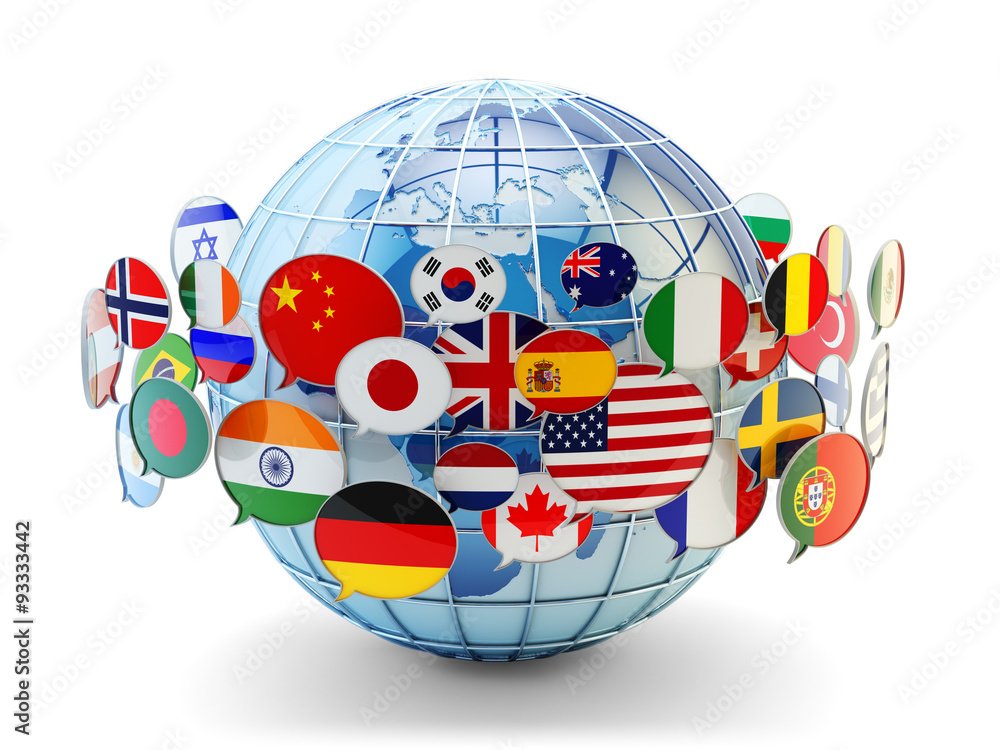
The day begins when traders wake up in Auckland/Wellington, then moves to Sydney, Singapore, Hong Kong, Tokyo, Frankfurt, London, and finally New York, before starting all over again in New Zealand! and the cycle repeat every day.
For Daily Trade Alert in Forex Trading Join our discord – Join Now








































